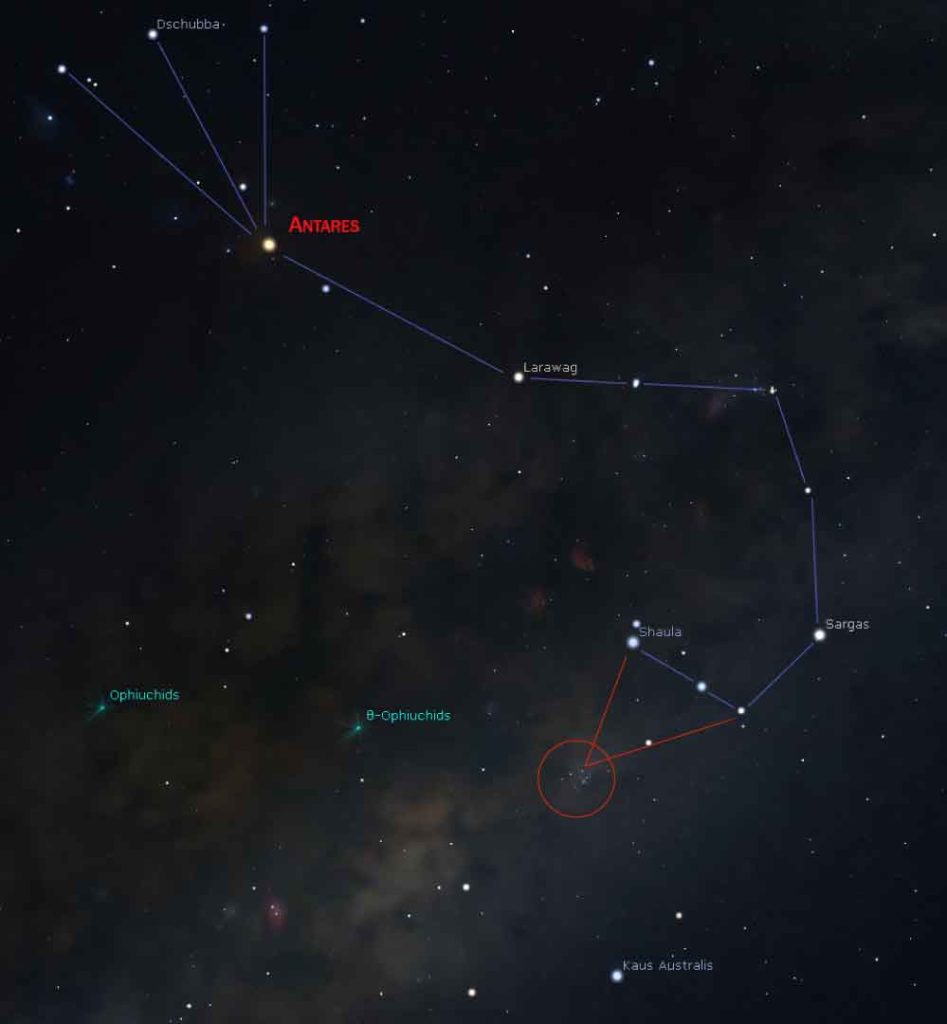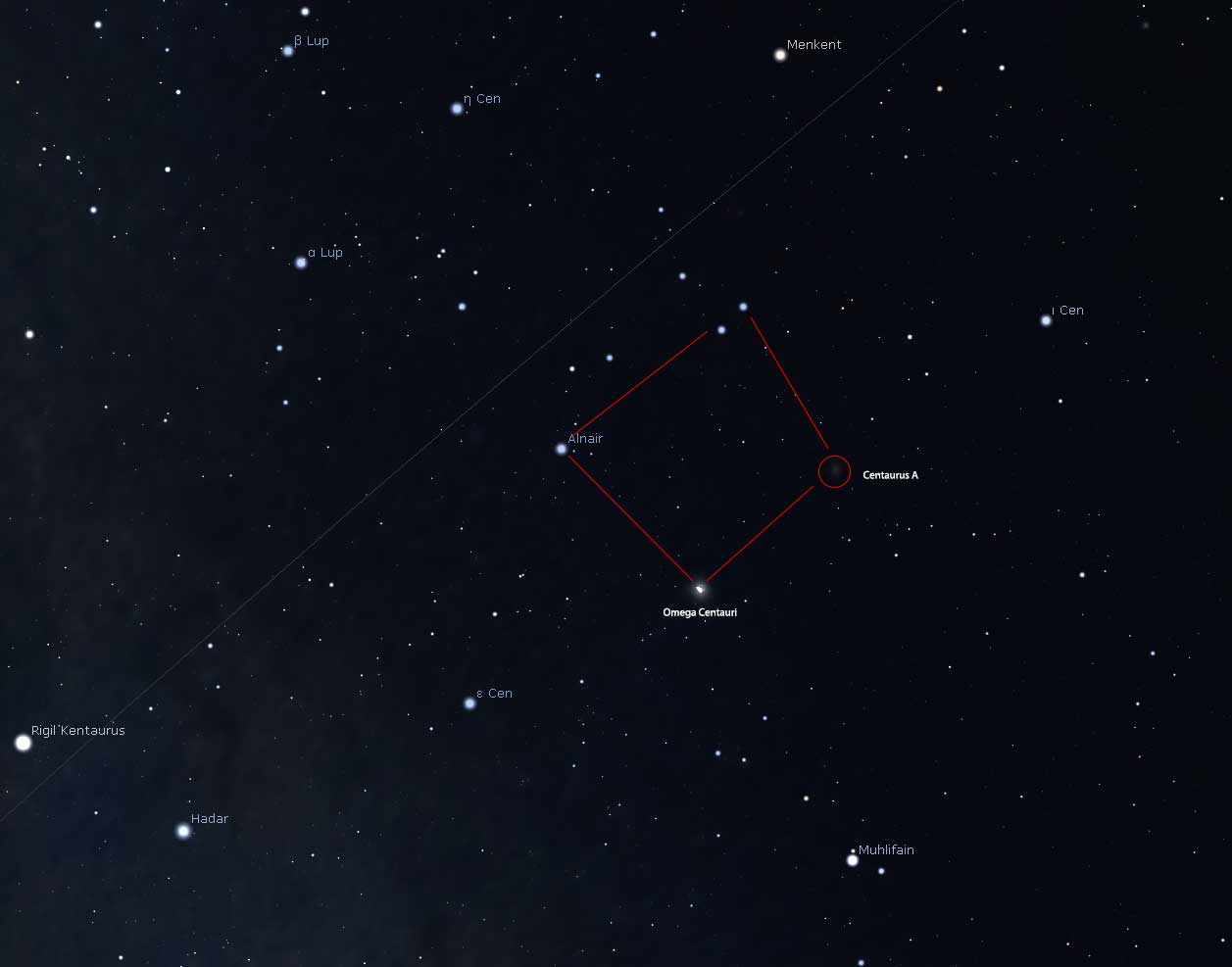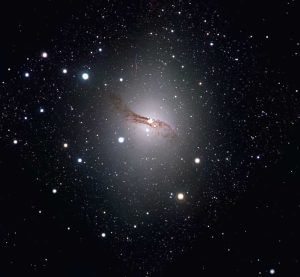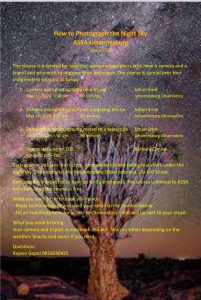M7/Ptolemy’s Cluster:
A very pretty cluster found next to the Scorpius constellation. First recorded by the Greek astronomer and mathematician Claudius Ptolemy in the 2nd Century, it is approx 980 light years from earth.


It can be found just below the tip of the stinger of Scorpius’s tail.
Porrima/Gamma Virginis/γ Vir:
This is a very interesting binary star, found in the Virgo constellation. It has an orbital period of 169 years, and it is approx 38 light years away. The system has an apparent magnitude of about 2.9, which is quite bright and therefore fairly easy to find.


It can be found in the North West sky by identifying Spica (very bright star) and Arcturus (very bright yellow star). Porrima is the third bright star underneath Spica, forming the body of Virgo.
Eta Carina Nebula:
A gem of the winter skies in the Southern hemisphere and a truly magnificent one for astrophotographers. The reds can only be seen from a long exposure shot that has either been tracked or stacked, but it is well worth the effort. This is a very large and fairly bright nebula, so it is best seen through an eyepiece with a wide field of view or a longer focal length (25mm – 40mm is the sweet spot). Small telescopes and binoculars can pick this up very easily.


It can be found using the Southern Cross as a reference. Trace a line from Hadar to the bottom star Acrux and carry on in that direction. You can identify it by the dark ‘Y’ shape, surrounded by fainter clouds. It will appear grey/white to the eye, but if photographed, the reds will come through. This will be up throughout the winter months up until around Oct/Nov.
Centaurus A/Hamburger Galaxy:
This is a lovely galaxy that is quite easy to find, even for beginners. Also unique to the Southern hemisphere and best viewed in the winter months. This is a fainter object, so dark skies (bortle 3 or less) are a must.


To find it, try to locate the Omega Centauri globular cluster (above the Southern Cross, in the Centaurus constellation). Then trace a square from Omega Centauri to the 2-3 brighter stars around it, Centaurus A will “complete” the square. You will know it by the dark stripe in the center that forms the “patty” of the hamburger.
Epsilon Bootis/Izar:
A nice challenge for those looking for something slightly more advanced. This is a binary star that contains an orange giant primary, with a smaller blue/white secondary. This needs at least a 75mm (3inch) telescope or larger to be able to split.


This is located in the Bootes constellation. Trace a line from the very bright star Spica, through to Arcturus. It is beneath Arcturus. It is fairly bright at an apparent magnitude of approx 2.4.


